Quicker leads to increasing anticipation have come from the medical advances. With each revolutionary discovery, we’ve come closer to know how the complexity of the disease and falling ill happen. As a result, we’ve been ready to find treatments and medicines that have saved many lives worldwide.
Here may be a chronological list of the top medical advancements humanity has made ever.
1. Vaccines (1796)
It is difficult to point to the particular time when vaccination became a standard accepted practice. The primary vaccine was made by Jenner in 1796 to stop the infamous and deadly smallpox disease.
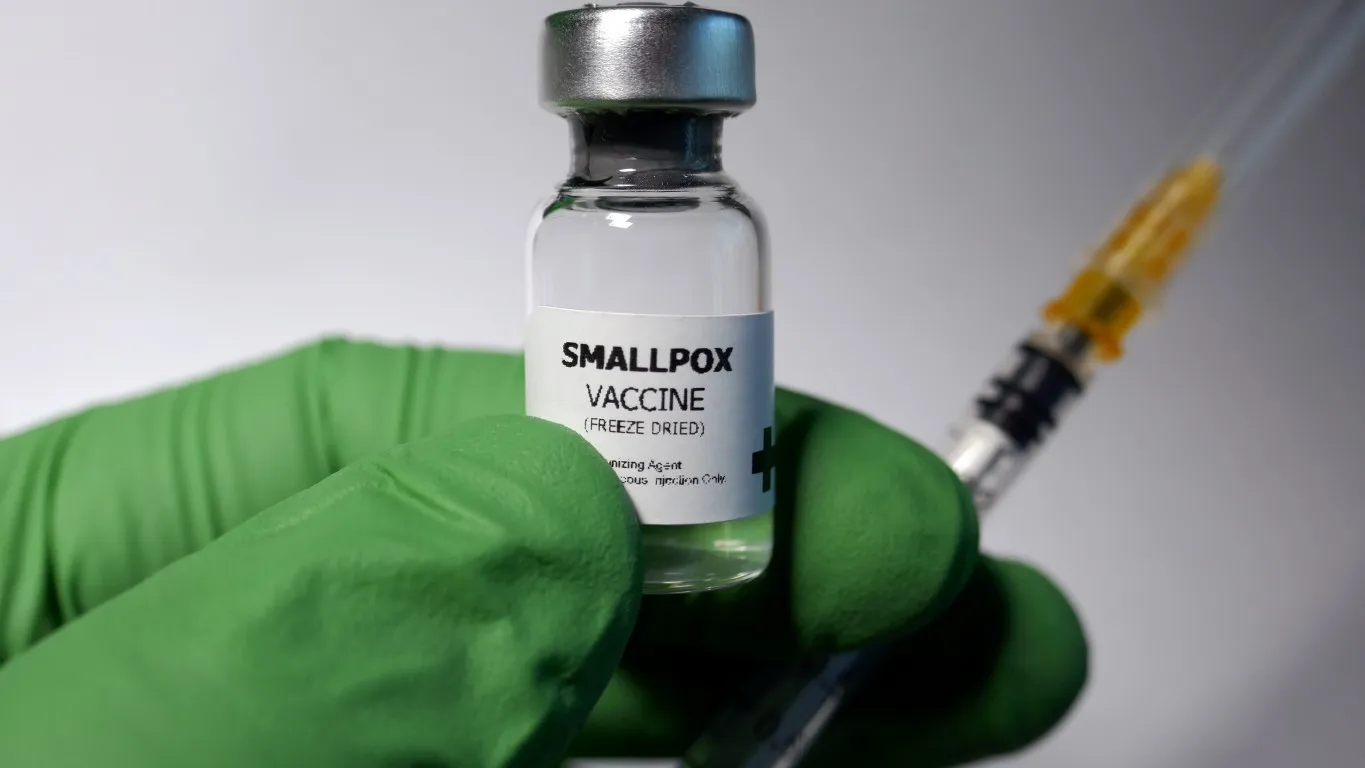
Throughout the 1800s and early 1900s, the popularity of vaccines grew rapidly and various vaccines were made to counter severely infectious diseases like Tuberculosis, smallpox etc. Today, vaccines still save many lives each year; including jabs that protect against deadly flu strains and may help prevent some cancers.
2. Anaesthesia (1846)
Before the invention of anaesthesia, surgery was the last mode of treatment because the patient had to travel through excruciating pain. Several patients opted to die instead. William Morton made history when he used ether as an anaesthetic during a surgery in 1846.

Soon after chloroform was used widely instead thanks to being faster acting. Over the 150 years since, safer anaesthetics have been developed, allowing many life-saving, painless operations to take place.
3. Germ Theory (1861)
Before the ‘germ theory’ was suggested, it had been believed that diseases were caused by abiogenesis. The concept of germs, viruses, bacteria was nonexistent.
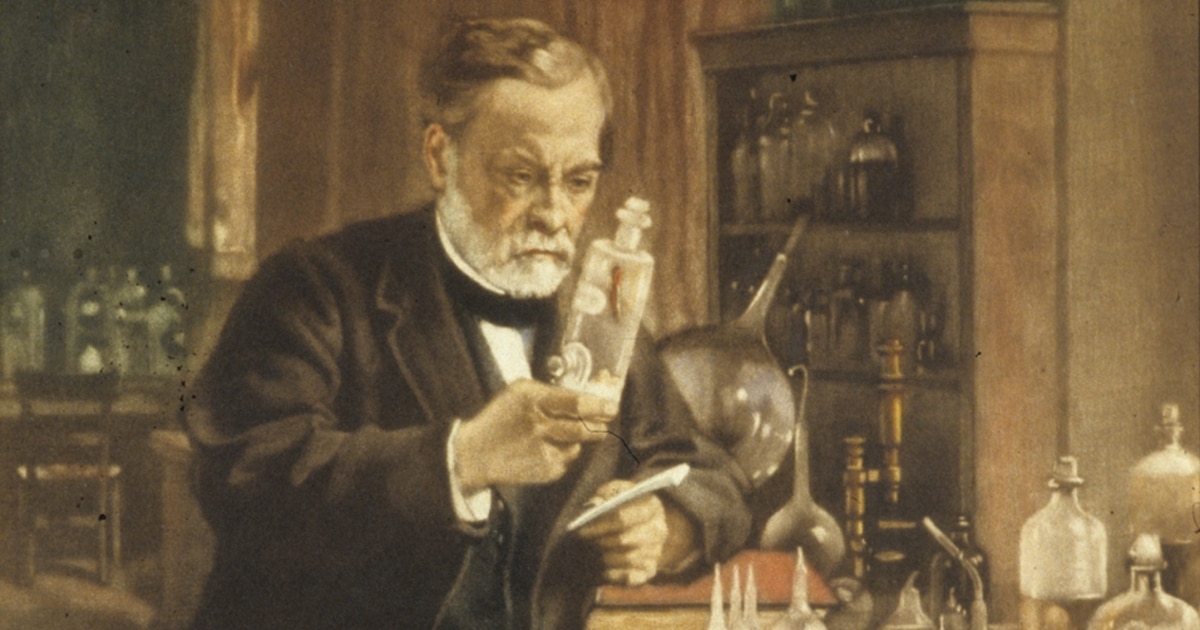
It had been French microbiologist Pasteur who proved through an experiment that diseases are caused by infectious microorganisms. He called them Pathogens. This new understanding marked a big turning point in how diseases were treated, controlled and prevented.
4. Medical Imaging (1895)
The first medical imaging invented was X-ray. it had been ‘accidentally’ invented in 1895 by German physicist Wilhelm Conrad Rӧntgen when experimenting with electrical currents through glass cathode-ray tubes.
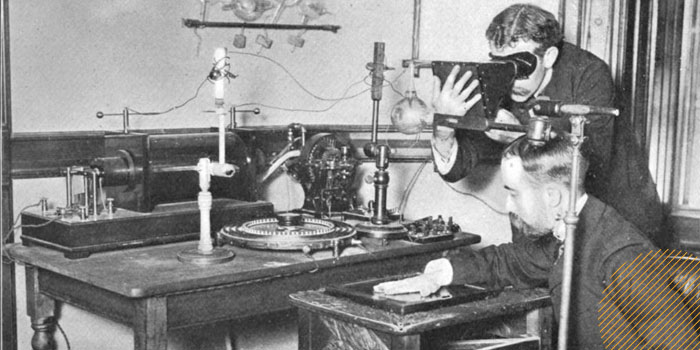
The use of ultrasound began around the 1950s to make a digital image using high-frequency sound waves. it had been ground-breaking in terms of detecting prenatal conditions and other pelvic and abdominal abnormalities.
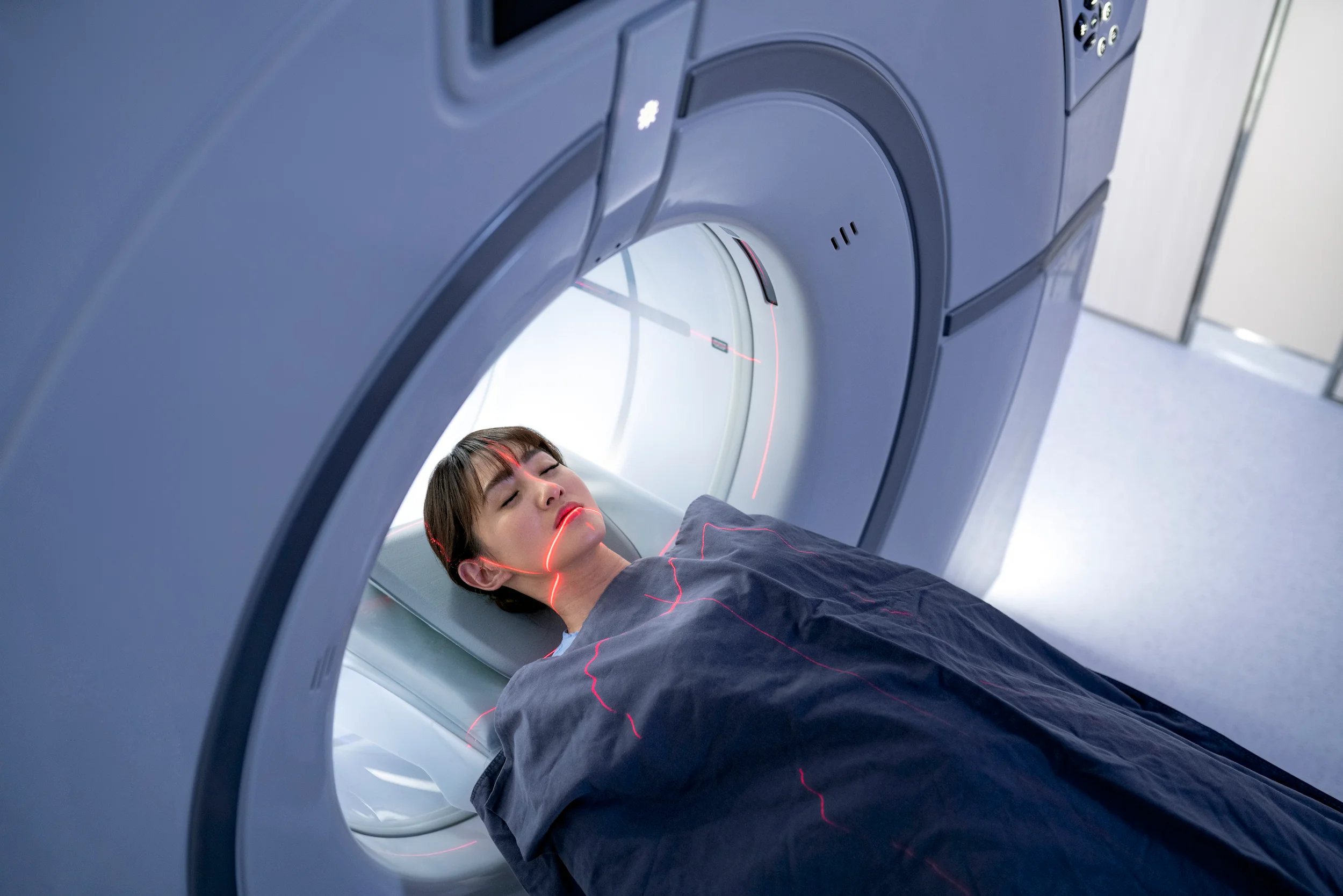
The next major medical imaging technology was discovered in 1973 when Paul Lauterbur produced the primary resonance image (MRI). The nuclear resonance data creates detailed images within the body and maybe a crucial tool in detecting life-threatening conditions including tumours, cysts, damage to the brain and medulla spinalis and a few heart and liver problems.
5. Antibiotic Invention (1928)
The invention of antibiotics was an accident when Scottish biologist Fleming acknowledged a fungus growing during a Petri dish. He later named the substance penicillin. However, Florey and Ernst Chain were liable for the mass distribution of penicillin during the planet War II.
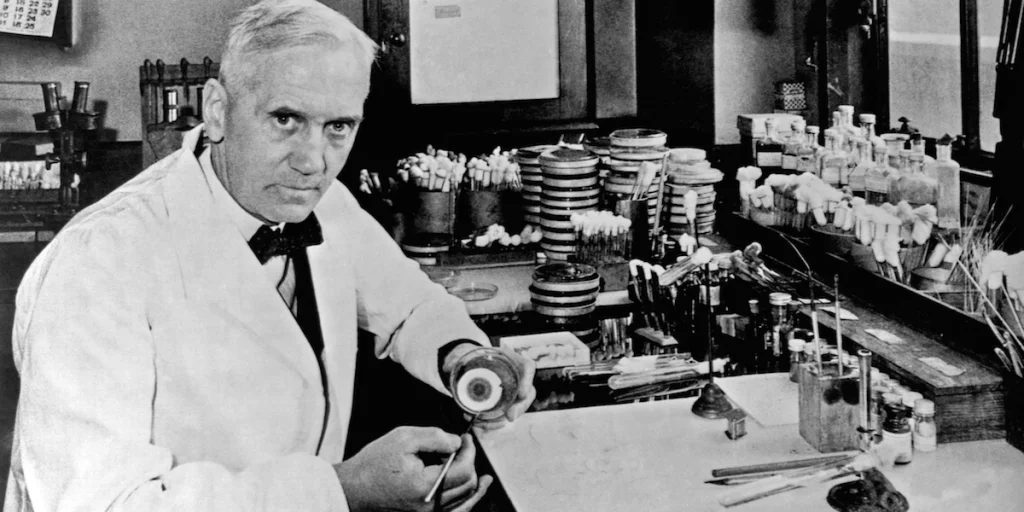
Unfortunately over the years, bacteria have become immune to antibiotics thanks to unprescribed usage of it.
6. Organ Transplant (1954)
Ever since the 18th century, scientists have experimented with transplanting animals and even humans. However, it had not been until 1954 that the primary ever transplant of a kidney was done in Boston, USA.

Apart from saving thousands of lives within the years following, transplant procedures have also become increasingly innovative and sophisticated, with doctors successfully completing the primary hand transplant in 1998 and full-face transplant in 2010.
7. Artificial Intelligence in Medicine (21st century)
AI has been in gradual development since the last decade. It’s already produced impressive technologies that have significantly altered the healthcare landscape. These innovative technologies range from diagnostic tools which will detect malignant tumours invisible to the eye, to cognitive computing systems that produce tailored treatment plans for cancer patients. AI algorithms would have the power to see through thousands of medical records and find patterns that will help with diagnosis and treatment.
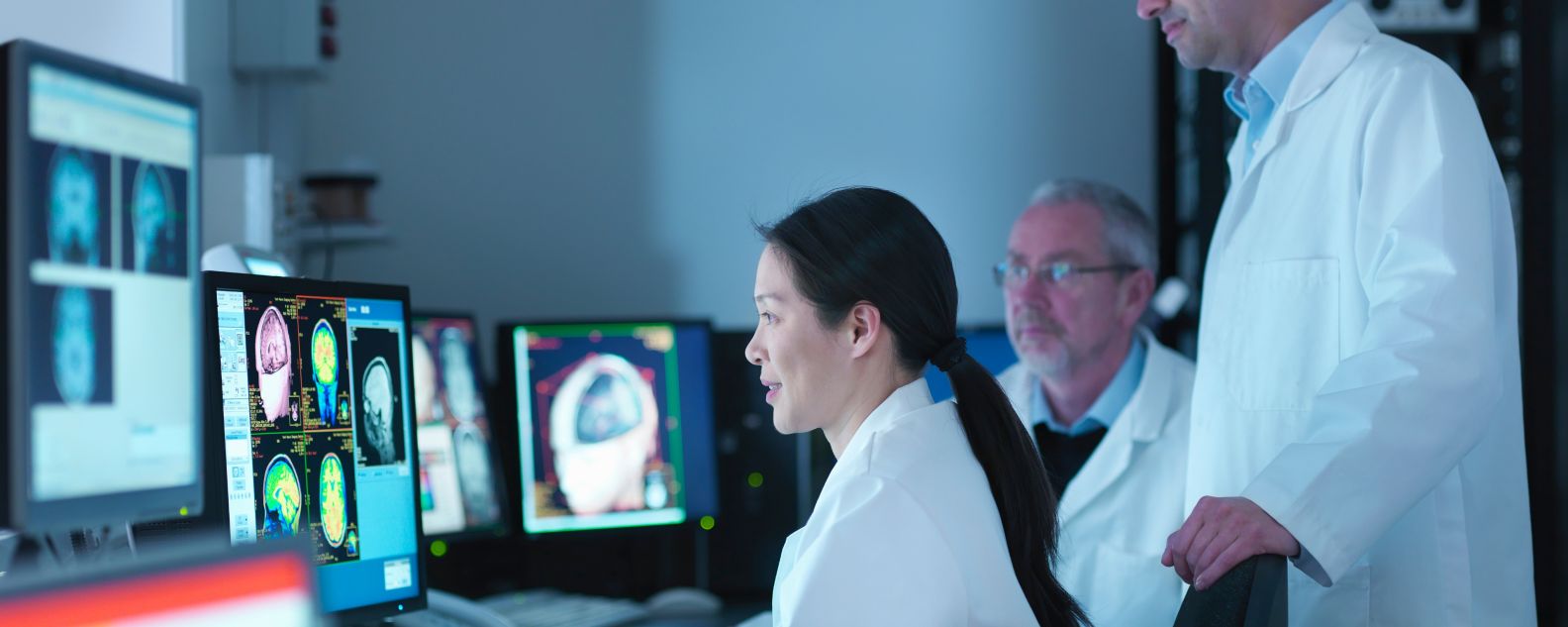
While there has been an array of various medical breakthroughs within the field of drugs over the past years that have made the healthcare system strong and reliable, these are a number of the foremost important innovations.
Also Checkout: Anti-Aging Secrets That Could Rejuvenate You
Source: TheHealthcareDaily
















